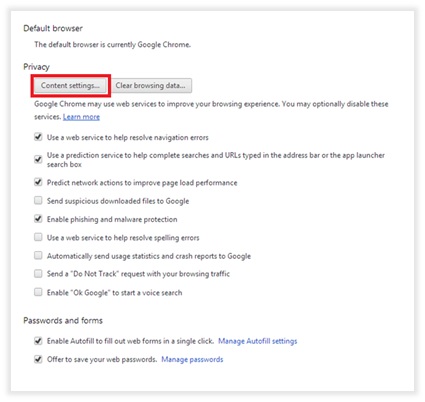
17
AprilReporting Websites to Google: A Comprehensive Guide
In today's digital age, the internet is an expansive landscape filled with a wealth of information, resources, and services. However, this vastness also harbors various threats, including malware, phishing websites, inappropriate content, and copyright infringement. Google, being one of the largest search engines, plays a vital role in maintaining the integrity of its search results and ensuring a safe browsing experience for its users. One way to contribute to this effort is by reporting harmful or suspicious websites to Google. This article will delve into the reasons for reporting websites, the process of reporting, and the potential outcomes of your actions.
Why Report a Website?
There are several reasons why you might consider reporting a website to Google:
- Malicious Content: If you encounter a website that distributes malware, viruses, or other forms of malicious software, reporting it can help protect others from potential harm.
How to Report a Website to Google
Reporting a website to Google is a straightforward process. Here’s how to do it step-by-step:
- Gather Information: Before submitting a report, it's essential to gather relevant information about the website in question. This includes the website URL, a description of the issue, and any supporting evidence you may have.
- Report Malware: For websites that contain harmful software or viruses.
- Report Unwanted Software: If the site promotes deceptive software installations.
- Fill Out the Form: Provide the necessary details about the website and the nature of your report. Make sure to be as descriptive as possible, as this can help Google assess the situation quickly and accurately.
Other Reporting Channels
In addition to Google Safe Browsing, there are other resources you can utilize to report issues, depending on the nature of the content:
- Google AdSense: If you see ads running on a website that violate Google AdSense policies, you can report them through the AdSense platform.
What Happens After a Report is Submitted?
After you report a website, GOOGLE DELETE PHISING will undertake a review process. Here’s what you can expect:
- Review Process: Google employs automated systems and human reviewers to evaluate reports. The review focuses on understanding the validity of the report and assessing whether the website violates Google’s policies or guidelines.
- Placing warnings against the site in Google services.
- Taking it down if it violates legal standards.
- Feedback: In many cases, Google does not provide individual feedback on reported websites, but they do appreciate user contributions to enhance safety on the internet.
The Importance of Reporting
By reporting harmful websites, users can significantly contribute to creating a safer internet environment. Your vigilance helps prevent malicious actors from exploiting vulnerabilities and aids in protecting other users from scams and harmful content. Although it might seem like a small action, collective reporting can lead to substantial changes.
Conclusion
In summary, reporting websites to Google is an essential action for maintaining the integrity of online content and protecting users. Whether you encounter phishing scams, malware, copyright infringement, or inappropriate material, utilizing the reporting tools provided by Google can make a difference. Taking the time to report suspicious websites not only contributes to a safer internet but also empowers you as an informed and responsible web user. In the face of ever-evolving digital threats, staying proactive is key to ensuring a secure online experience for everyone.


Reviews